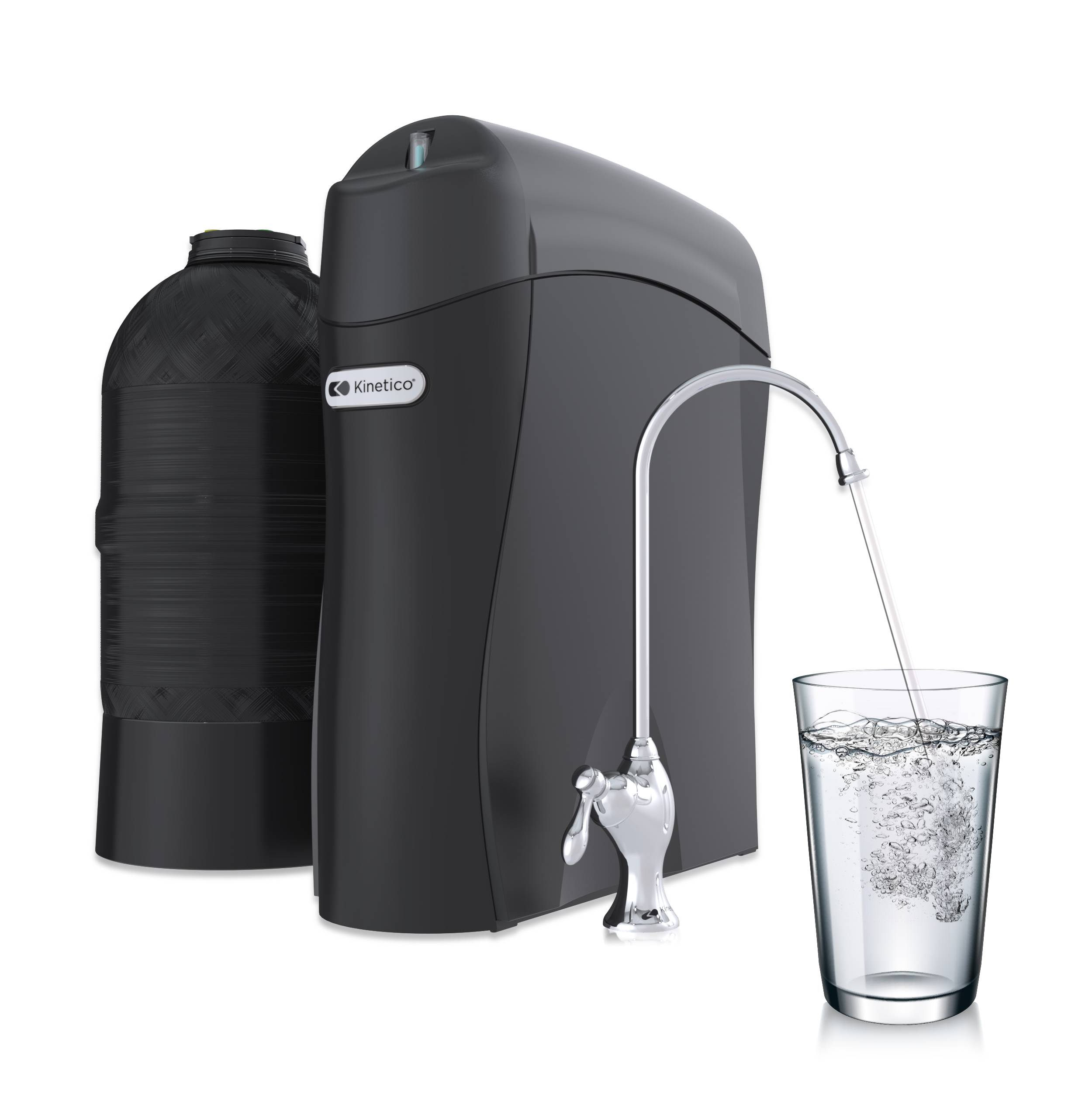In my previous blog, I explained how city water is typically treated and posed the question, what is still left in the water after it has gone through the city’s water treatment process?
Let’s start with a big concern for some people, bacteria. For the most part, all cities add chlorine to disinfect the water, however; they do not remove bacteria from the water supply. Although chlorine does not remove bacteria, it will render it harmless. But, how does disinfection differ from removal?
Removal is exactly as it sounds: It is the absence of the contaminant in question. In this case, the absence of bacteria. It is not necessary to remove bacteria from the water source if all of the bacteria is disinfected properly (rendered harmless) and the water transportation system is in good working order – free of leaks with consistent pressure. A leak could reintroduce organic matter into the water supply and the disinfected bacteria will become a food source to live organic matter. The protocol for such a problem is for the end user to boil their water before consumption. The act of removing the bacteria from the water at the treatment facility is extremely costly and is a much slower process, thus, disinfection is the widely chosen process.
So what about other contaminants in the water such as lead, iron and hardness? City water treatment plants test for lead before sending the water to homes and businesses and if the protocols are followed the levels of lead delivered to your home are safe. However, most old plumbing systems have lead in the pipes. This allows lead to be reintroduced into the water supply depending on many different scenarios such as velocity of water, aggressiveness of water and contact time. Cleveland water supplies add orthophosphate to help reduce the leaching effect of those lead pipes. But how do you know that after traveling along miles and miles of plumbing that your water supply hasn’t picked up enough lead to do damage? That one is on you!! What goes through your pipes and plumbing fixtures is your responsibility.
Similar to the lead issue, most old city pipes are made of cast iron and depending on velocity and pressure changes, your city water will pick up iron sediment from the plumbing and bring it straight to your clothes, hot water tank, dishes, lawn and anywhere else that will be a nuisance. Who is responsible for the orange staining and inefficient life span of appliances caused by iron in the water? That again is on you!
And, how about hardness scaling? If you noticed from the Cleveland water example there wasn’t any hardness removal mentioned in the process. Surface water is relatively low in hardness because it hasn’t made its way through calcium enriched stone and materials such as limestone. In Cleveland, the hardness can generally range anywhere from 7-18 gpg. This is enough hardness to cause problems with hot water tanks, spotting of dishes, etched shower doors, dishwashers, washing machines, ice machines, refrigerator dispensers, hair and skin irritations and the effectiveness of soaps used in your home. Although hardness is not directly harmful in small doses its effects are costly. The treatment of hardness in city water is also your responsibility as the homeowner.
So, what can a city resident do to ensure that their home is free from the effects of lead, iron and hardness in city water? There are thousands of in-home, residential water treatment options available at water treatment companies, DIY stores and local plumbing supply houses. Do yourself a favor and research your water treatment options before making a purchase. Also, have your water tested by a local water treatment professional to verify what is actually in your water that needs to me removed. Make sure that what you buy will treat your specific concerns and that the water treatment equipment you choose can be maintained easily by yourself and/or a quality professional. Not all water treatment equipment is equal and most long lasting, efficient systems are not cheap.
Now I am not advocating protesting against water companies and questioning any regulation that governs your daily life however, it is good to know what the regulation protects you against. It is good to know why a regulation is in place and who it protects. It is good to know that when chlorine is added to your water it is better than not having it added to the water. I would rather know where I stack up against the regulations and be proactive in making healthier choices when and where I can to protect myself. The research is out there we just need to ask the right questions. So I ask you…what is in your city water?
Lead Pipe with Iron Deposits


